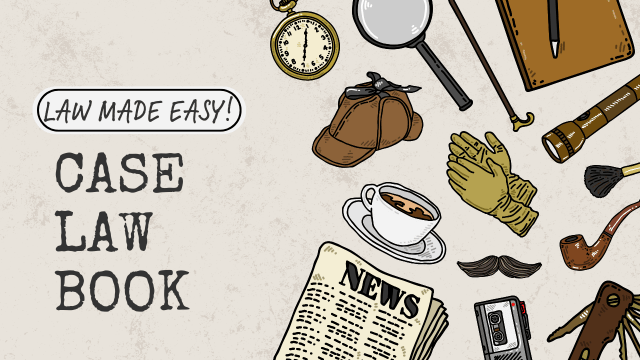YouTube Fair Use Policy 2024 is a critical framework for creators navigating copyright complexities. This policy determines when copyrighted material can be used legally without explicit permission. Understanding these rules is essential to avoid strikes, content removal, and potential legal action.
1. What Is YouTube Fair Use Policy 2024?
The YouTube Fair Use Policy 2024 allows creators to use copyrighted content under specific conditions. This legal doctrine is guided by four main factors outlined by U.S. copyright law:
- Purpose and Character of Use: Non-commercial, transformative uses like commentary, criticism, or parody are more likely to be considered fair use.
- Nature of the Copyrighted Work: Factual and published works are more likely to qualify than fictional or unpublished works.
- Amount and Substantiality: The smaller and less significant the portion used, the more likely it falls under fair use.
- Effect on the Market: If the use harms the original work’s market value, it likely violates copyright law.
Reference: U.S. Copyright Office – Fair Use Doctrine
2. How YouTube Enforces Fair Use
YouTube uses its Content ID system, a digital fingerprinting technology, to detect copyrighted materials uploaded by creators. Here’s how it works:
- Content Matching: Every uploaded video is scanned against copyrighted materials registered in the Content ID database.
- Automatic Actions: If a match is detected, the content owner can:
- Block the Video from being viewed.
- Monetize the Video by collecting ad revenue.
- Track Viewer Data for monitoring purposes.
YouTube acknowledges that fair use claims are subjective and can only be fully determined by legal authorities.
Reference: YouTube Help Center – Content ID System
3. Key Copyright Avoidance Strategies
a. Create Transformative Content
- Add critical commentary, educational context, or parody elements.
- Transform the original material significantly to create something new.
b. Limit Copyrighted Material Usage
- Use only short excerpts relevant to your message.
- Avoid using recognizable, core elements of the original work.
c. Use Public Domain or Licensed Materials
- Explore royalty-free music libraries or obtain licenses directly from content owners.
d. Credit the Original Source
- While crediting doesn’t replace permission, it shows respect and transparency.
Reference: YouTube Copyright Policies
4. How to Handle Copyright Claims
If you face a copyright claim:
- Read the Claim Notice: Understand the basis of the claim.
- File a Dispute: If you believe your content qualifies as fair use, provide clear supporting evidence.
- Submit a Counter-Notice: This is a legal process if your dispute is rejected.
- Seek Legal Advice: Consider consulting copyright attorneys for complex disputes.
Reference: U.S. Copyright Office – Copyright Law Basics
Conclusion
Adhering to YouTube Fair Use Policy 2024 can safeguard your channel from strikes and takedown notices. By creating transformative content, using licensed materials, and following copyright law, creators can avoid potential copyright issues while building a sustainable content strategy.
Understanding and applying these rules not only ensures compliance but also fosters creativity and respect within the content creation ecosystem.
Also read How to Monetize Videos Without Violating YouTube Copyright
